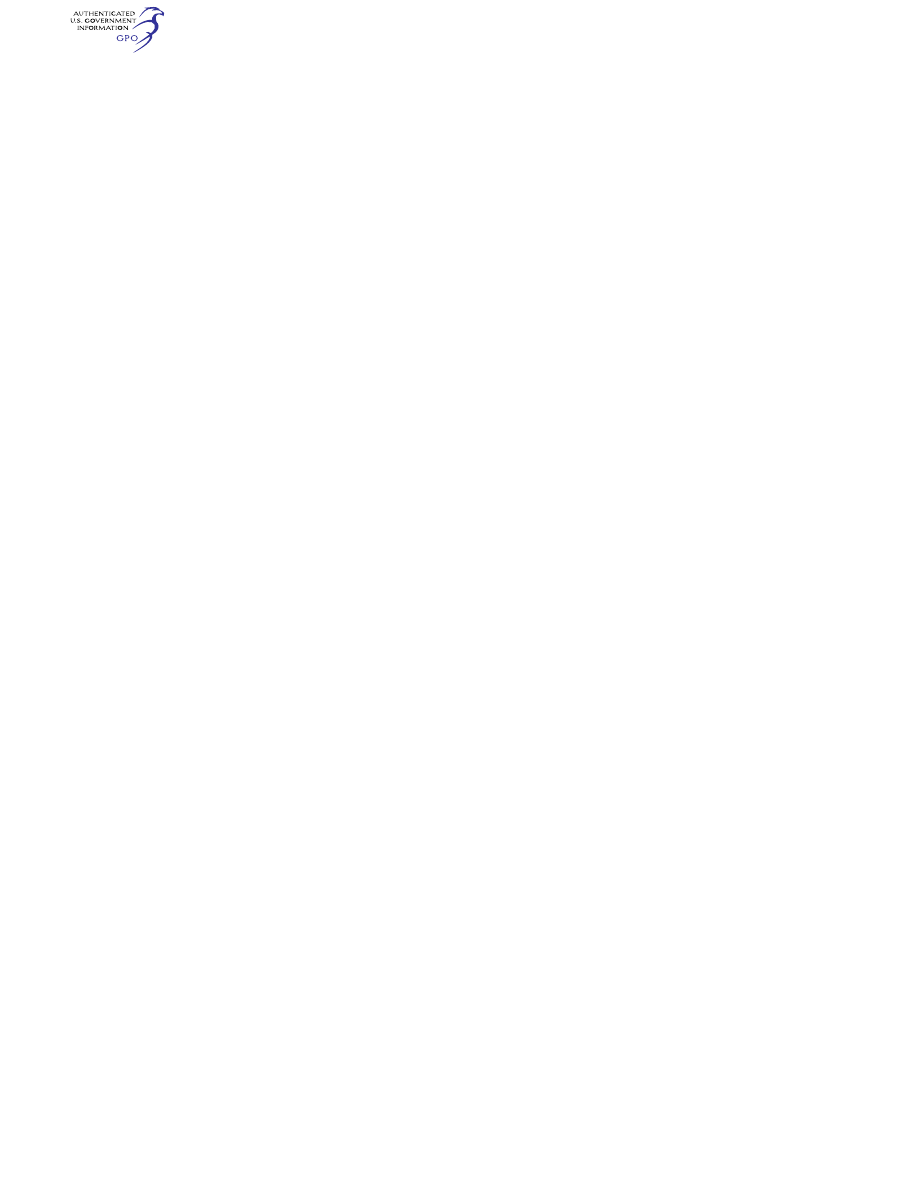
195
Federal Aviation Administration, DOT
§ 121.439
(i) Second in command in operations
under this part;
(ii) Pilot in command in operations
under § 91.1053(a)(2)(i) of this chapter;
(iii) Pilot in command in operations
under § 135.243(a)(1) of this chapter;
(iv) Pilot in command in eligible on-
demand operations that require the
pilot to satisfy § 135.4(a)(2)(ii)(A) of this
chapter; or
(v) Any combination thereof.
(b) No certificate holder may use nor
may any pilot act as second in com-
mand unless the pilot holds an airline
transport pilot certificate and an ap-
propriate aircraft type rating for the
aircraft being flown. A second-in-com-
mand type rating obtained under § 61.55
does not satisfy the requirements of
this section.
(c) For the purpose of satisfying the
flight hour requirement in paragraph
(a)(3) of this section, a pilot may credit
500 hours of military flight time pro-
vided the flight time was obtained—
(1) As pilot in command in a multien-
gine, turbine-powered, fixed-wing air-
plane or powered-lift aircraft, or any
combination thereof; and
(2) In an operation requiring more
than one pilot.
(d) For the purpose of satisfying the
flight hour requirement in paragraph
(a)(3) of this section, a pilot may credit
flight time obtained as pilot in com-
mand in operations under this part
prior to July 31, 2013.
(e) For those pilots who were em-
ployed as pilot in command in part 121
operations on July 31, 2013, compliance
with the requirements of paragraph
(a)(3) of this section is not required.
[Doc. No. FAA–2010–0100, 78 FR 42378, July 15,
2013, as amended by Amdt. 121–365A, 78 FR
77574, Dec. 24, 2013; Amdt. 121–385, 87 FR 57590,
Sept. 21, 2022]
§ 121.438 Pilot operating limitations
and pairing requirements.
(a) If the second in command has
fewer than 100 hours of flight time as
second in command in operations under
this part in the type airplane being
flown, and the pilot in command is not
an appropriately qualified check pilot,
the pilot in command must make all
takeoffs and landings in the following
situations:
(1) At special airports designated by
the Administrator or at special air-
ports designated by the certificate
holder; and
(2) In any of the following conditions:
(i) The prevailing visibility value in
the latest weather report for the air-
port is at or below
3
⁄
4
mile.
(ii) The runway visual range for the
runway to be used is at or below 4,000
feet.
(iii) The runway to be used has
water, snow, slush or similar condi-
tions that may adversely affect air-
plane performance.
(iv) The braking action on the run-
way to be used is reported to be less
than ‘‘good’’.
(v) The crosswind component for the
runway to be used is in excess of 15
knots.
(vi) Windshear is reported in the vi-
cinity of the airport.
(vii) Any other condition in which
the PIC determines it to be prudent to
exercise the PIC’s prerogative.
(b) No person may conduct oper-
ations under this part unless, for that
type airplane, either the pilot in com-
mand or the second in command has at
least 75 hours of line operating flight
time, either as pilot in command or
second in command. The Administrator
may, upon application by the certifi-
cate holder, authorize deviations from
the requirements of this paragraph (b)
by an appropriate amendment to the
operations specifications in any of the
following circumstances:
(1) A newly certificated certificate
holder does not employ any pilots who
meet the minimum requirements of
this paragraph.
(2) An existing certificate holder adds
to its fleet a type airplane not before
proven for use in its operations.
(3) An existing certificate holder es-
tablishes a new domicile to which it as-
signs pilots who will be required to be-
come qualified on the airplanes oper-
ated from that domicile.
[Doc. No. 27210, 60 FR 20870, Apr. 27, 1995]
§ 121.439 Pilot qualification: Recent
experience.
(a) No certificate holder may use any
person nor may any person serve as a
required pilot flightcrew member, un-
less within the preceding 90 days, that
